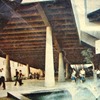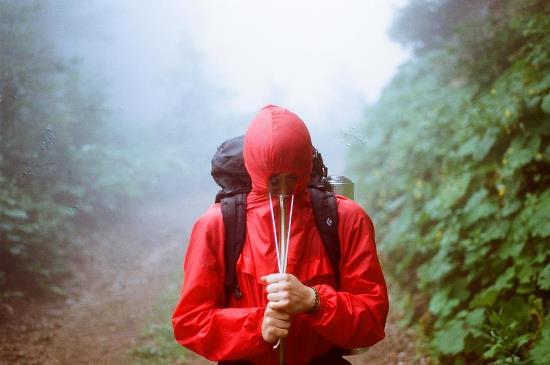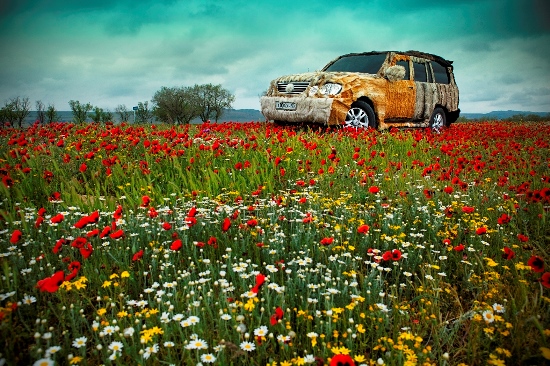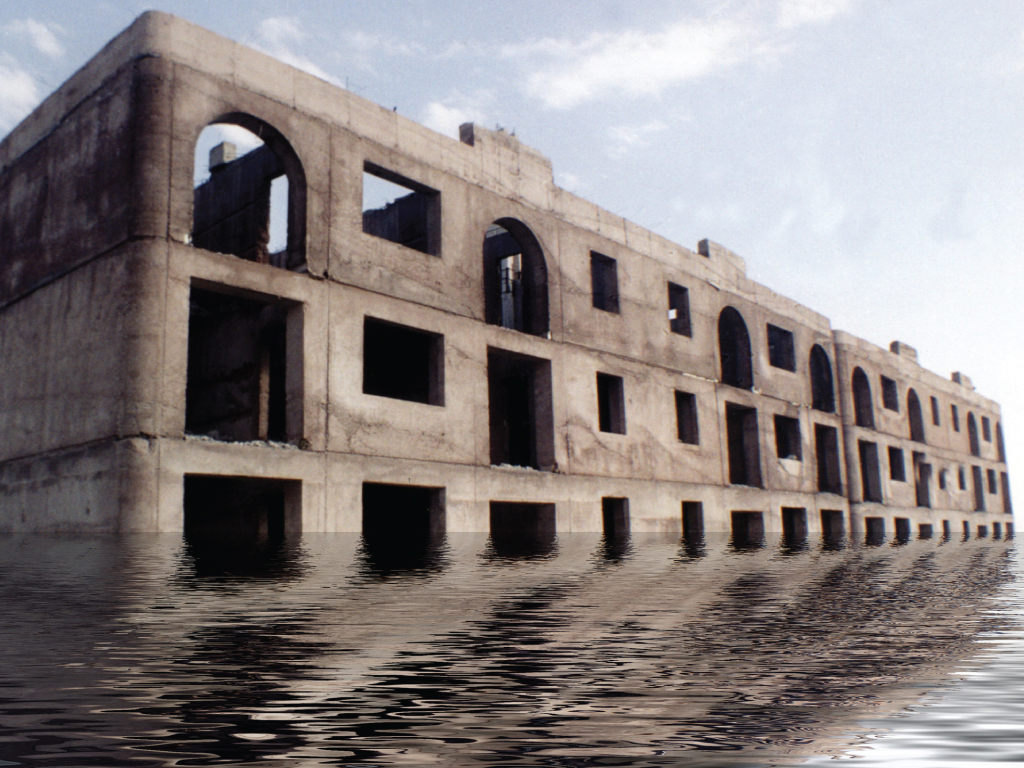Transkaukazja @ Stoffholm!
2013-08-19 DepARTments 6 in Stockholm: site specific project in Fittja that aims to create a unique, intimate travel through various locations in the neighbourhood, with a paralell narration developed by the artworks, screenings and talks by the artists from Georgia, Armenia, Dagestan, Poland and Sweden.
DepARTments 6 in Stockholm: site specific project in Fittja that aims to create a unique, intimate travel through various locations in the neighbourhood, with a paralell narration developed by the artworks, screenings and talks by the artists from Georgia, Armenia, Dagestan, Poland and Sweden.DepARTments 6
STOFF www.stockholmfringe.com
Transkaukazja www.transkaukazja.eu
Living Spaces: Fittja
August 22-24, 2013, Fittja, Botkyrka
Artists: Łukasz Skąpski, Taus Makhacheva, Aleksi Soselia, Group Tetsi (Aleksi Soselia, Galaqtion Eristavi, Tata Muskhelishvili, George Spanderashvili) and Ruben Arevshatyan.
Curator: Kaja Pawełek
In collaboration with Residence Botkyrka, Botkyrka Konsthall and the Polish Institute in Stockholm.
The project is co-funded by the Ministry of Culture and National Heritage of the Republic of Poland.
August 22, Thursday
Łukasz Skąpski / The Red Line/ video screening / Kulturhuset
Aleksi Soselia / public installation / Fittja
Taus Makchacheva / The Fast and the Furious / video screening / Fittja
Galaqtion Ersitavi / video screening / Fittja
Tetsi Group / presentation and talk with / Fittja
August 23, Friday
Łukasz Skąpski / The Red Line/ video screening / Kulturhuset
Aleksi Soselia / public installation / Fittja
Taus Makchacheva / The Fast and the Furious / video screening / Fittja Galaqtion Ersitavi / video screening / Fittja Ruben Arevshatyan / Save Cinema Moscow Open Air Hall orRereading the Paradoxes of Soviet and Post Soviet Armenian Public Consciousness / lecture / Fittja
August 24, Saturday
Łukasz Skąpski / The Red Line/ video screening / Kulturhuset
Aleksi Soselia / public installation / Fittja
Taus Makchacheva / The Fast and the Furious / video screening / Fittja
Galaqtion Ersitavi / video screening / Fittja
Fittja, originally part of the 1960s The Million Programme governmental housing project has currently very multicultural population with ca. one hundred languages spoken. A kind of an island from the central perspective, it seems to be the ideal place to pose questions about the future of architectural and urban environments once shaped by the modernist ideas; living models under transformation; as well as sense of home, community and belonging. This is a point of connection with the post-soviet heritage of the Caucasus countries – often fascinating as bold architectural forms, but also turning more and more into question marks addressing the future. Going beyond the rhetoric of identifying ‘problems’, it is worth considering the potential and challenge those modern forms from the past represent, since it seems that they are on the verge of second-life social and structural transformation.
One can easily reach Fittja by taking the red subway line, directly from the Stockholm's centre. This travel to the southern neighbourhoods is connected to the changing social and built environment along the way. That axis of Stockholm's social and class stratification inspired the Polish artist Łukasz Skąpski, who filmed the complete travel by the red line of tunnelbana – from the northern stations, being the synonym for the most wealthy areas, to the southern, populated mostly by immigrants 'working class' ones – like Fittja or Norsborg. The artist asked the passengers about their own living quarters, and through their narrations enabled a subjective image of the city to emerge. Ruben Arevshatyan will present in his talk the paradoxical shifts in collective consciousness and architectural transformations in the post-Soviet era, with a particular focus on Armenia. He will speak about the recent public reaction in Yerevan to the official decision of demolishing the cinema Moscow open-air hall, one of the best examples of late-modernist Armenian architecture of the 1960s. The debate which arouse from that incident concerns not only architecture, its literal symbolic and and political meaning, but also rethinking one’s past. The Fast and the Furious by Taus Makhacheva is a video based on the artist’s performance in Dagestan (Russian Caucasus), exploring the local rituals and patterns, marked by the men-dominated public sphere. The artist joined the illegal car racing, taking place on a newly built highway, participating in that microcosm, hierarchies and status constant competition on her own terms by entering the scene in a fur-coated 4WD. That bold statement challenges the status quo, and also opens up the potential of transformation of the local cultural landscape. Tetsi Group will present their activities and proposals for the public sphere and a new video work by Galaqtion Eristavi will be presented. Aleksi Soselia, collaborating with Tata Muskhelishvili will place a mobile instrument-sculpture-bench in different locations in Fittja, prompting spontaneous use by the local residents and opening the space for the signals for the future.
Visiting the locations and artworks in Fittja should provide an opportunity to move around the neighbourhood and reflect upon the potential and future of that place. Once a radical housing project, it has become a part of the history of raise and fall, and raise again of thinking about the future living spaces.
Artists:
Łukasz Skąpski graduated from the painting class at the Fine Arts Academy in Cracow. He works with photography, video, installations, objects, etc. In the 1990s light and motion were the main subjects and materials of his work, like one of his best known works: the Devices series. Perfectly made optical instruments were designed to ‘facilitate spiritual experience’ and should be interpreted as a critic of ‘new society’ values. His recent works thematise social and political issues, expressing artist's civic concerns. In 2001 he co-founded Azorro Supergroup, which has played a significant role in Polish artistic life being institutional critique with quite an ironic view of the art-world practices. Simultaneously he made video works dealing mainly with social and political matters.
Taus Makhacheva studied at the Institute of Contemporary Art (Moscow), Goldsmiths College and Royal College of Arts in London. She explores the social and cultural landscape of Dagestan, the Russian Caucasus mountains, which is her nascent region. Her works explore a.o. concepts and structures of masculinity, represented in the local rituals such as dog fighting and car racing. Selected exhibitions include: Love me, love me not, a collateral event of the 55. Venice Biennial (2013), Liverpool Biennial (2012), Quarantania, John Hansard Gallery, Southampton (2012), Migrasophia, Maraya Contemporary Art Centre, Sharjah (2012), Rewriting worlds, 4 Moscow biennale of contemporary art, 2011, Moscow, ArtPlay, Affirmative Action (mimesis), Impronate Contemporary Art, Milan (2011), Expanded Cinema, Moscow Museum of Modern Art, Moscow (2010) and Aluminium, IV International Biennale Baku (2009). Taus Makchacheva livers and works in Moscow and Makhachkala.
Aleksi Soselia graduated from the informal Master program of photography at Center for Contemporary Art Tbilisi in 2011. He works in various media such as photography, graphic design and installation art. In his work he mostly approaches urban and social aspects of the city and its alternative spaces, as well as social and public interactions within environments in transformation. He works individually as well as with the Group Tetsi (with Galaqtion Eristavi and Tata Muskhelishvili).
Tetsi Group (Aleksi Sosselia, Galaqtion Eristavi, Tata Muskhelishvili) has been founded in 2011. The group focuses on art projects in public and social space and aims at integration and awareness of socially relevant issues within the specific environment of Georgia. The main tools used for these projects are based on steady consideration of contemporary discourses and realized through multimedia forms of art mediation, such as audiovisual installations, photography, painting and performance. Group blog noplaces.wordpress.com.
Ruben Arevshatyan is an artist, art critic, independent curator based in Yerevan. Lecturing at the department of Fine Arts in the Armenian Open University and Contemporary Art Institute, Yerevan. In the period of 1997-2004 artistic director of Hay-Art cultural center, Yerevan. Author of numerous critical texts in local and international magazines and publications. Member of the editorial board of www.red-thread.org e-journal.
Curator and associate of local and international projects like “Great Atrophy”, “Parallel Reality”, “Three Tendencies”, “Local Modernities”, “Manuals: Subjects of New Universality” (Armenian National Pavilion in 54 Venice Biennale), Trespassing Modernities, etc... Coauthor and co-curator of The Sweet 60s international research project.
Special thanks: Anna Tomaszewska (Polish Institute in Stockholm), Joanna Sandell and Anneli Bäckman (Botkyrka Konsthall)
Home page

Post silence, 2011, photo / Aleksi Soselia

The Fast and the Furious, 2011 (video) / Taus Makhacheva

The Fast and the Furious, 2011 (photo series) / Taus Makhacheva

Moscow Cinema Open Air Hall in Yerevan, architects; Telman Gevorgyan, Spartak Kndekhtsyan, 1964-1966

Moscow Cinema Open Air Hall in Yerevan, architects; Telman Gevorgyan, Spartak Kndekhtsyan, 1964-1966









